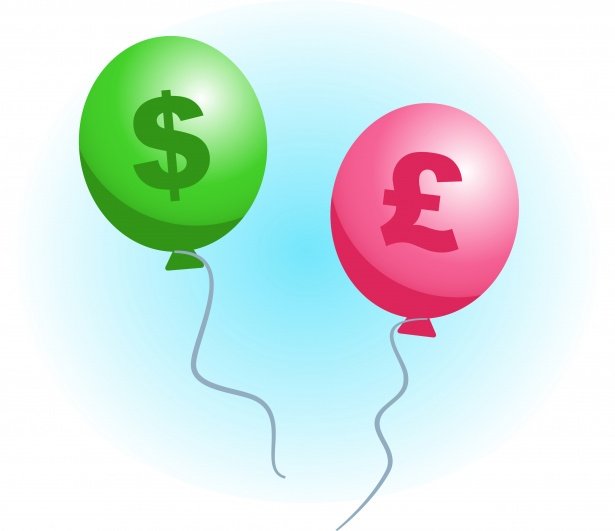
As the Federal Reserve continues to increase its balance sheet and expand the money supply by purchasing short-term and long-term treasuries, we should expect to see an uptake in consumer prices.
So far, the majority of the money created by the central bank has been funneled into the stock market. It's only when investors sell their stocks to buy real world items that the newly created currency enters into the real economy.
However, the Federal Reserve measures inflation using PCE (Personal Consumption Expenditures), which excludes true price increases in food, energy, health care, rents, and stocks.
So while the prices of these everyday expenditures continues to go up, inflation measured by the fed remains around their 2% target.
Of course if food and gas prices go up substantially, we can expect to see a backlash from the citizens who can no longer survive on their stagnant wages.
Sources: